The Ripple Effect
-News and Commentary-
Inherited Fear: How We Teach Our Kids Hate
- Home
- News and Commentary
- Inherited Fear: How We Teach Our Kids Hate
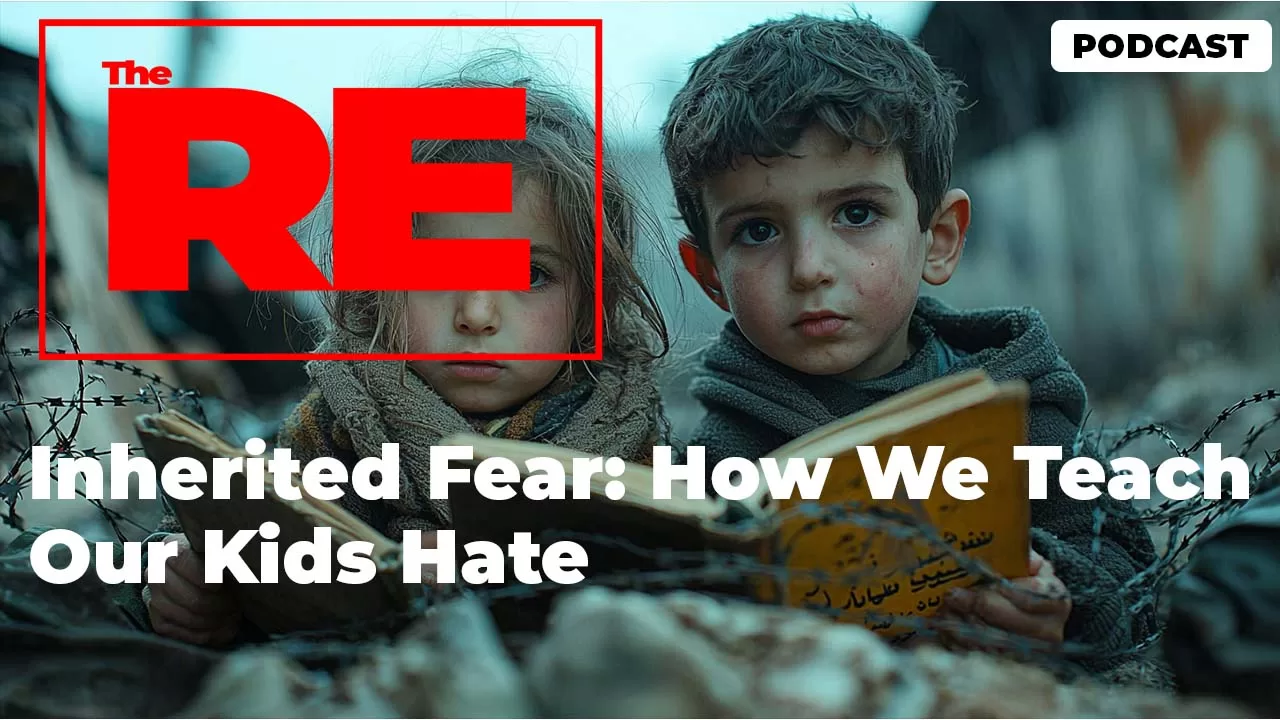
Fear does not come standard. It is inherited.
We are not born afraid of other people. We are not born knowing who to watch, who to avoid, who we are supposed to be better than. We learn that. Bit by bit. Story by story. Silence by silence. Fear gets passed down the same way we pass down family recipes, songs, faith, and superstition. It just shows up in different forms. A look. A rule. A warning whispered before school. And over time, it starts to feel like instinct.
But it is not instinct. It is programming.
I know because I broke that cycle. My son doesn’t fear police. He doesn’t flinch when he sees a uniform or shrink when they pass by, in fact he shakes their hand, gets in the front of their cars, pushes the sirens. And that is because I never modeled fear for him. Police have showed up at my home, guns drawn—and that has happened multiple times—I never cowered. I never yelled. I never played the fool or gave them energy to match. I spoke clearly. I explained. I de-escalated with presence, not panic. The truth is, I’ve lived through some wild, toxic situations. My ex-wife and I had a volatile relationship. There were guns pulled. There were fights. Pans and pots thrown. A neighbor got tossed through a door. It was chaos, and the police were called more than once. But in all of that, I was never arrested, well not for any of that. The only time I got locked up was because someone had to be, and I happened to be the drunk one that night. And even then, my son did not walk away scared. Because what he saw in those moments was me handling it. I did not make excuses. I did not break. I used my words. I used my mind. And I made sure he saw that fear was not required. That fear was not inherited. That he could choose something different. And he did.
That was not by chance. That was by choice.
Because fear is taught. And if it can be taught, then it can be unlearned. And if it can be unlearned, then we need to start talking about who is doing the teaching and why.
It is easy to point fingers at schools, media, politics. And they play a part, no question. But a lot of it starts earlier than that. At home. Around the dinner table. In the language we use. The warnings we give. The people we do not invite. The history we leave out. Fear is not just what gets said. It is what gets repeated. It is what gets absorbed without being questioned.
White children are taught who to avoid. Palestinian children are taught who to fight. Israeli children are taught who wants to destroy them. Black children are often taught to brace before they walk outside. And in every one of those cases, there is an adult standing nearby thinking they are doing the right thing. Keeping them safe. Preparing them for the world. But preparation without context is just indoctrination. And after a while, nobody remembers where the fear came from. They just carry it forward.
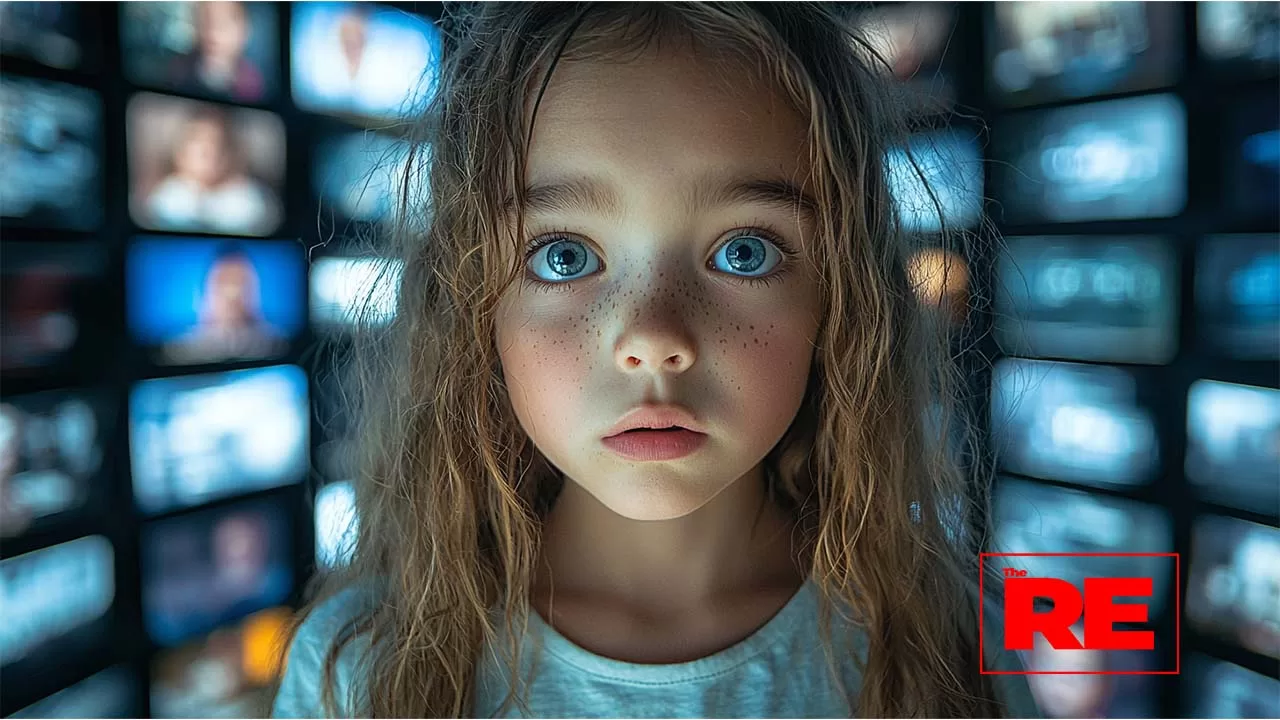
This is not a cultural issue. It is a human one.
We pass down fear like we pass down last names. And unless someone interrupts the cycle, that fear just keeps getting sharper. It becomes the reason a child stops trusting, stops connecting, stops imagining a different kind of future. And it does not always look dramatic. Sometimes it looks quiet. Sometimes it looks like a kid who no longer speaks up. Who stays on their block. Who does not reach out. Sometimes it looks like a boy watching a uniform and thinking, “I am not safe.” Not because of anything that happened—but because of what he was told to believe.
This article is about that belief. The one we pass down without meaning to. The one that shapes our instincts before we ever question them. The fear that is not based on experience, but repetition. And what it costs us when we mistake that fear for wisdom.
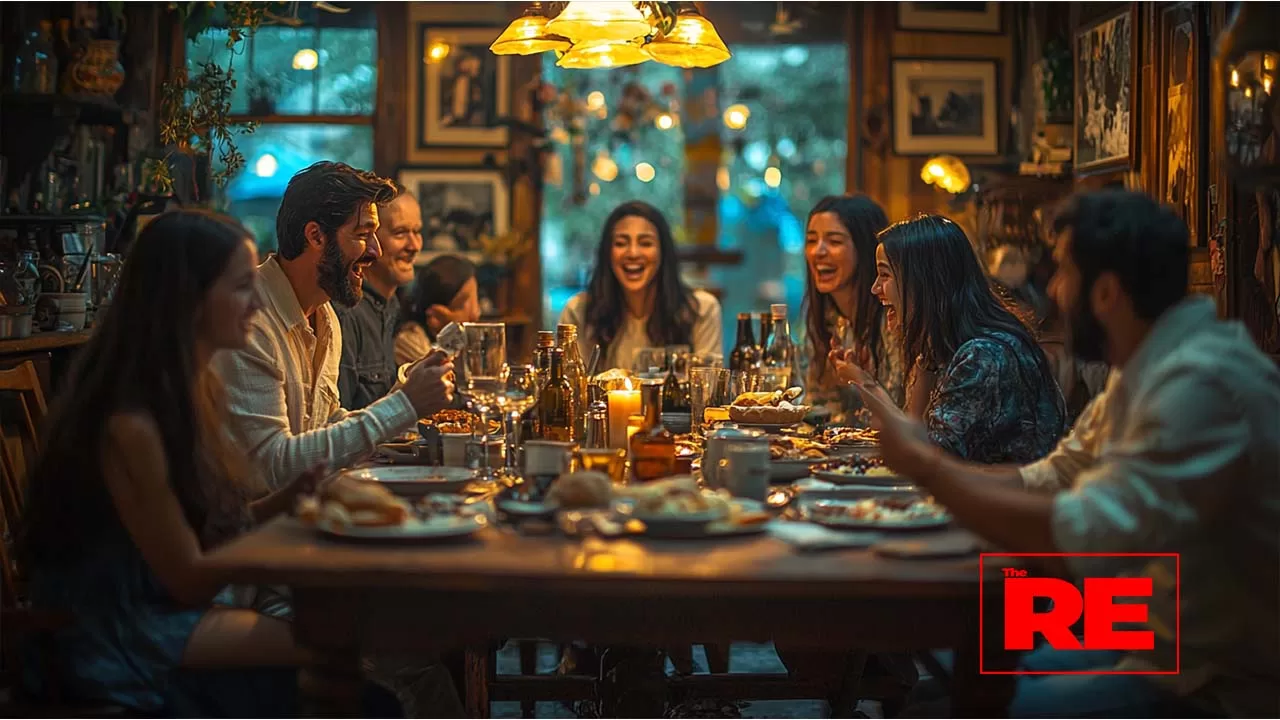
What people do not always realize is that fear is not always loud. Sometimes it comes wrapped in silence. In ritual. In the things we never say, but always do. It shows up in bedtime stories, in holiday traditions, in side-eye glances across the room. A kid might never hear the word enemy, but he will still learn who to stay away from. A little girl might never be told she is in danger, but she will still learn who to fear. That is how fear moves. Quietly. Consistently. Across generations.
This is not just a Black issue or an American issue. This is human behavior. A global inheritance.
A white child in rural Tennessee may never meet a Black person in their early years, but they already have an idea of who we are. They learn it from the jokes, the warnings, the “lock your door” glances. That fear gets folded into their worldview long before they form opinions of their own. A Palestinian child grows up knowing where the checkpoints are, what the sound of drones means, and which direction to run. They do not have to be taught the politics to absorb the fear. Israeli children, growing up on the other side of that wall, hear different stories. They hear about existential threats, historical betrayal, the constant need for survival. They are not born hating anyone. But they learn who not to trust. And once it is in the bloodstream, it becomes hard to separate fear from identity.
Here in America, the transmission works just as efficiently. It may come through different tools, but it arrives just the same. Some white families raise their kids to see authority as safety and outsiders as risk. Some Black families raise their kids to anticipate harm, prepare for bias, and carry the weight of watching their back. In both cases, the children did not earn that weight. They inherited it.
And it goes beyond race. Evangelical kids are taught that liberals hate them. Coastal kids are taught that the South is ignorant. Muslims are taught to brace for stares in airports. Immigrants are taught to blend in quickly or risk becoming a target. Every community has its own version. And in most cases, the adults passing that fear down think they are doing something good. Something protective. But fear passed off as wisdom is still fear. And when it becomes generational, it stops looking like trauma and starts looking like tradition.
That is what makes it so dangerous.
Because once fear becomes the default, everything gets filtered through it. You stop asking questions. You stop building trust. You stop imagining that anything else is possible. And you start seeing the world in survival terms. Us versus them. Familiar versus foreign. Safety versus threat. And when that framework takes root, it becomes very hard to unlearn.
That is how we get kids who are already building walls before they ever build friendships. That is how we get twelve-year-olds ready to fight for causes they barely understand. That is how we get young men who see the police as the enemy, even before they have had a personal experience, because the fear was handed to them like a family heirloom.

But as we said before—fear is not instinct. It is inherited. And if that is true, then someone, somewhere, has to be willing to stop the cycle. Someone has to be willing to teach something else.
The longer I watch the world, the more I realize fear does not just divide—it defines. It decides who gets close and who gets blamed. Who is seen as human and who is seen as a problem. And the deeper that fear runs, the more we start confusing it for wisdom. We start acting like being cautious is being smart. Like being suspicious is being prepared. But sometimes what we call survival is just inherited trauma that no one ever dared to unpack.
This is not just about Black and white. This is not just about America. This is about the way fear gets woven into identity until people cannot separate the two. It is about how a white child in Alabama and a Jewish settler in the West Bank can grow up with the same story running in their heads—different enemies, same framework. It is about how a Palestinian boy and a Black boy in Detroit can both learn that safety is not something you ask for, it is something you fight for. And it is about how, without realizing it, we all start carrying stories that were never fully ours. Stories of loss, of betrayal, of violence. Stories that were handed down, not to heal us—but to prepare us for the worst.
And the worst part is, we end up living down to that fear.
We start limiting who we love. Who we befriend. Who we hire. Who we help. We start drawing lines before we ever see if they need to be drawn. And all of it is done in the name of protection. But the cost of that protection is real. Because a child raised in fear becomes an adult shaped by it. And an adult shaped by fear rarely knows how to lead without control, how to protect without violence, or how to live without looking over their shoulder.
So who needs to care about this? Every parent. Every educator. Every person who claims to want peace but still passes down bias in their daily choices. What can be done? We have to start with language. With what we let slide. With what we call normal. With what we keep silent about. When will it matter again? It already does. Every school hallway. Every traffic stop. Every election season where fear gets sold as strategy. Where is this playing out? In Jerusalem. In Jackson. In school board meetings. In TikTok comment sections. Anywhere fear becomes more familiar than truth. And why is this bigger than it looks? Because if we do not teach something new, we will keep reliving the same story. New generation. Same cycle. Just with different names, flags, and uniforms.
Fear is not our birthright. It is just what we were given. But it does not have to be what we pass down.
One story. One truth. One ripple at a time.
This is The Ripple Effect, powered by The Truth Project.
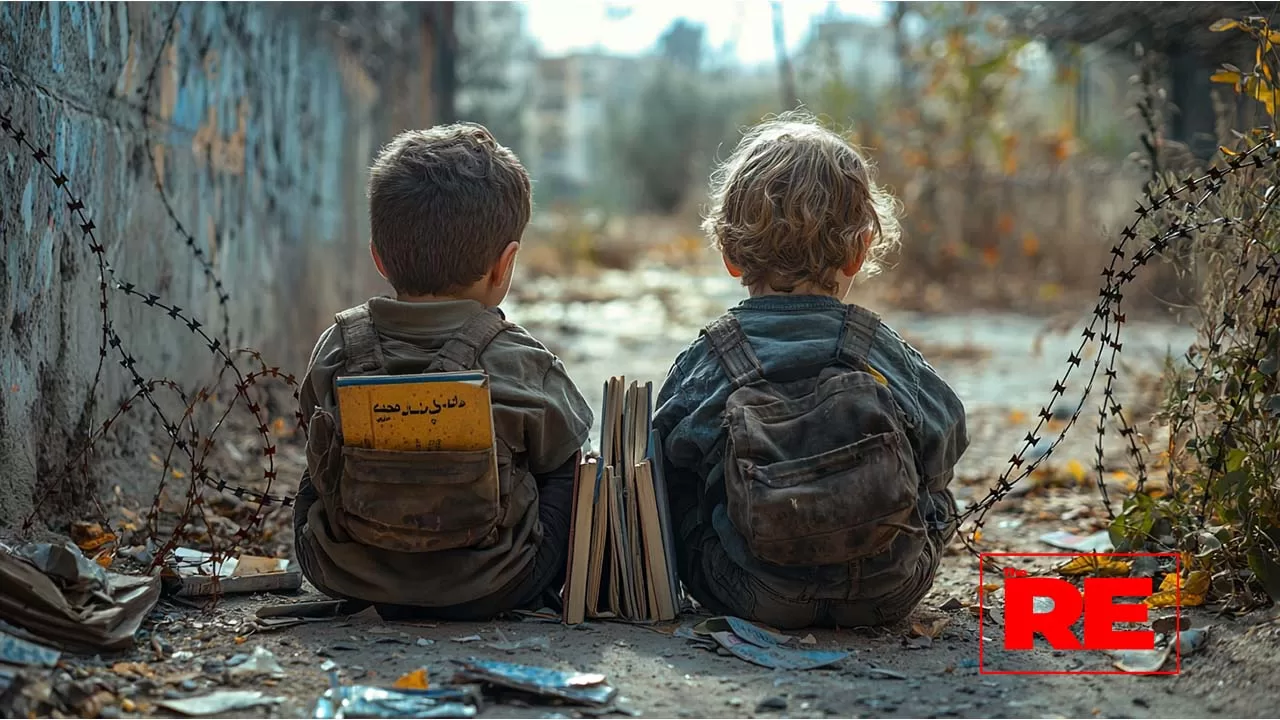


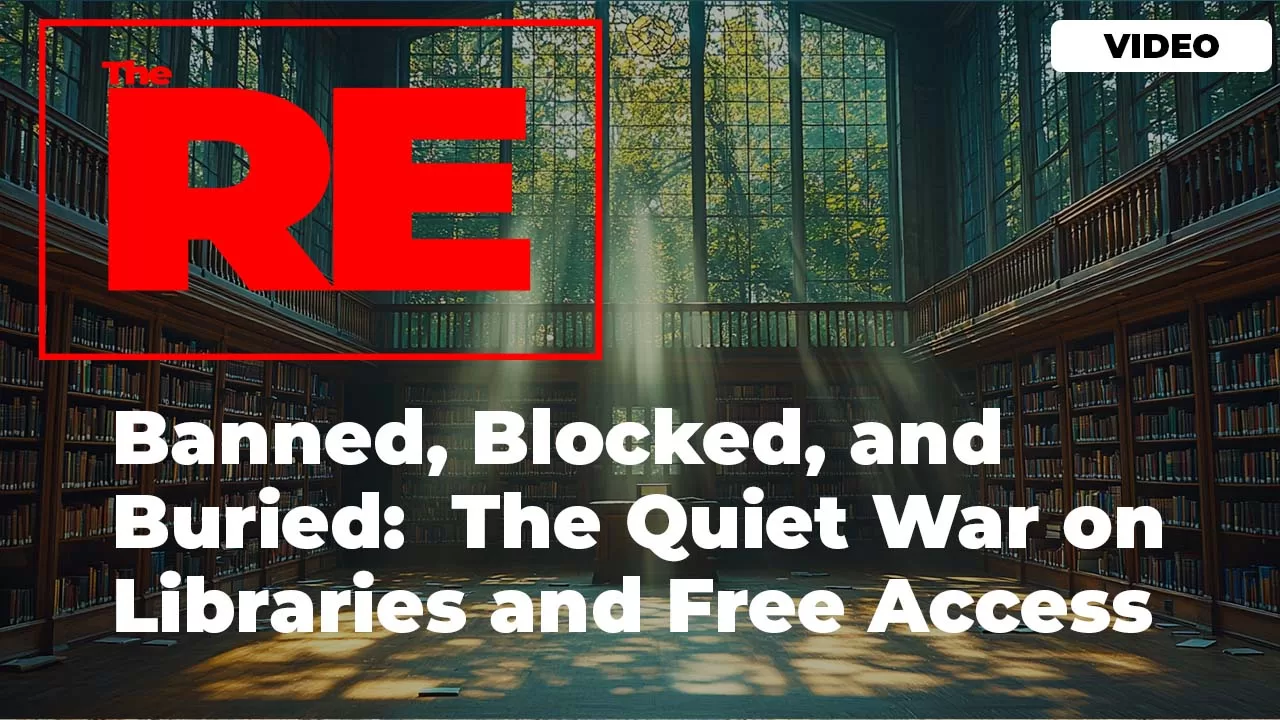
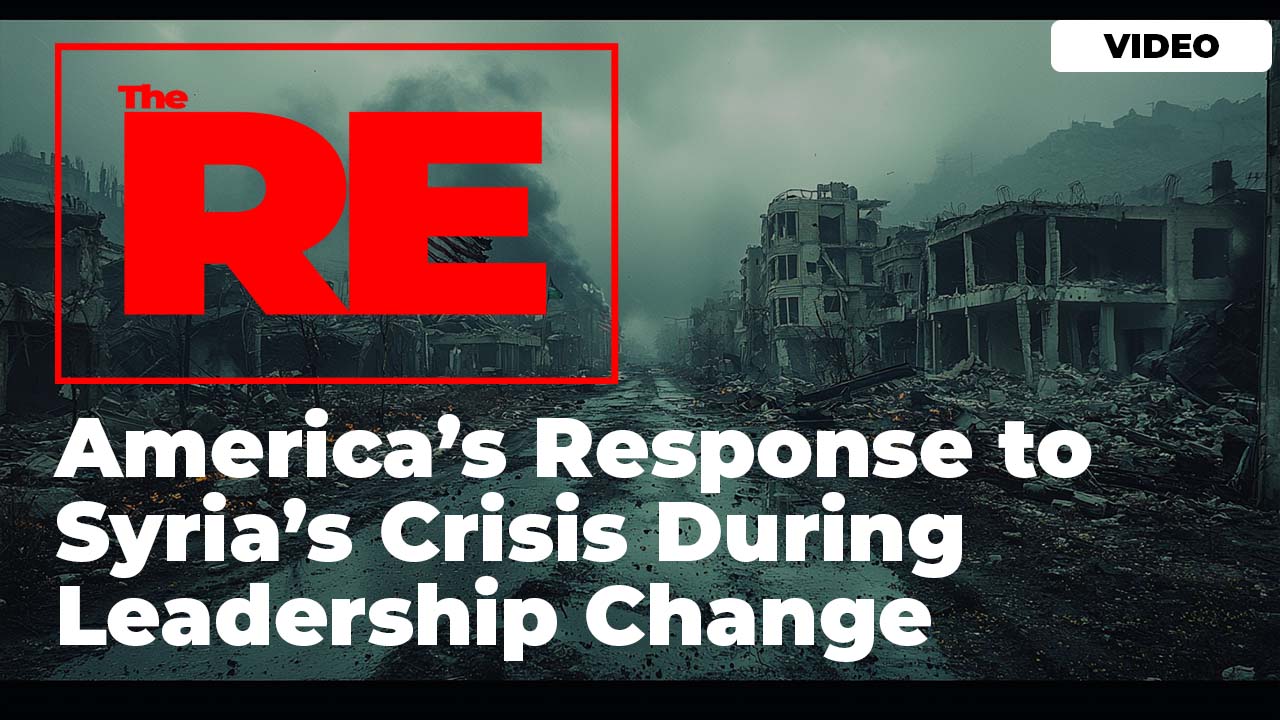

 and then
and then